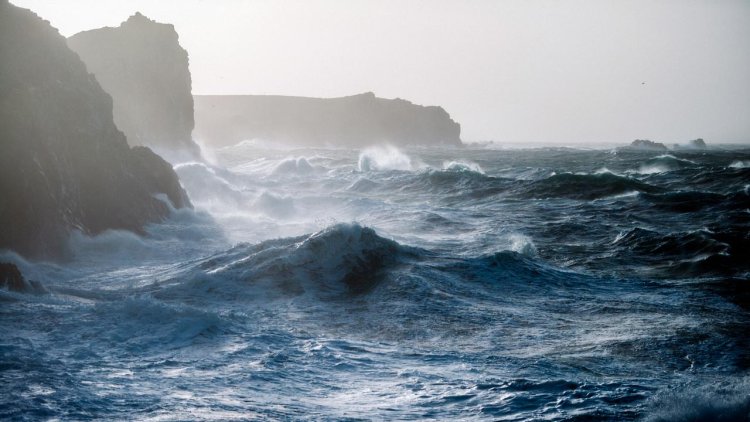Sequoia receives NSF grant to develop carbon uptake sensor for profiling floats
Small Business Technology Transfer Program Provides Seed Funding for R&D Collaboration with the University of Maine School of Marine Sciences

Sequoia Scientific, Inc. has been awarded a National Science Foundation (NSF) Small Business Technology Transfer (STTR) Phase I grant for $254,110 to conduct research and development (R&D) work developing a bio-optical sensor for direct detection of sinking marine particles.
Sequoia’s Vice President of Science and Technology, Dr. Wayne Slade, will lead the development as principal investigator, collaborating with Dr. Meg Estapa at the University of Maine, School of Marine Sciences.
Almost 4,000 ocean profiling floats are in operation globally. Hundreds of new floats are deployed each year, measuring a wide range of ocean science and climate change parameters. Scientists and policymakers are increasingly interested in measuring biogeochemical parameters that provide key data on biological ocean carbon uptake, which helps the ocean store carbon dioxide, but could be impacted by climate change.
Within the scientific community, there is significant interest in development of new technology to measure the flux of carbon by particles settling out of the surface ocean. With the new NSF grant, Sequoia and UMaine will work on developing an “optical sediment trap” sensor that can directly measure the settling particles that carry the greatest amount of biological carbon into the deep ocean. The sensor will be small and power-efficient to address the challenges of multiple-year deployments from autonomous profiling floats and scaling to a global float array.
Dr. Wayne Slade, Sequoia’s Vice President of Science and Technology, said:
“Sequoia is honored to receive this grant that will lead to the development of a new sensor that will make a critical biogeochemical measurement – on a challenging platform – and will further our understanding of how climate change impacts the ocean.”
Dr. Meg Estapa, the University of Maine, School of Marine Sciences, said:
“This new sensor is meant to take advantage of the rapid expansion in the number of profiling floats measuring biogeochemical processes.”
Once a small business is awarded a Phase I SBIR/STTR grant (up to $275,000), it becomes eligible to apply for a Phase II (up to $1,000,000). Small businesses with Phase II funding are eligible to receive up to $500,000 in additional matching funds with qualifying third-party investment or sales. During Phase I, Sequoia and University of Maine will focus on sensor optical, power, and fluid dynamics modeling. The modeling results will guide a series of laboratory test and prototype concept development. An actual prototype and in-situ test on deployed floats would be part of an eventual Phase II award (24 months duration) and a commercial instrument would be ready immediately after Phase II.
Startups or entrepreneurs who submit a written Project Pitch will know within one month if they meet the program’s objectives to support innovative technologies that show promise of commercial and/or societal impact and involve a level of technical risk. Small businesses with innovative science and technology solutions, and commercial potential are encouraged to apply. All proposals submitted to the NSF SBIR/STTR program, also known as America’s Seed Fund powered by NSF, undergo a rigorous merit-based review process.

























































































































































